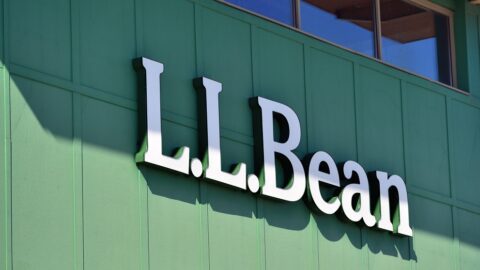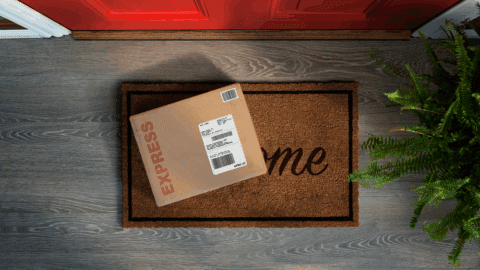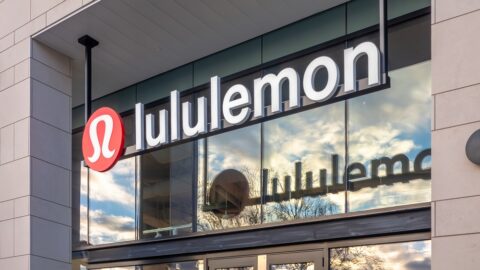Constant replenishment, disparate forecasting systems and cumbersome data volumes challenge even the best retailers to accurately predict customer demand in order to optimize inventory. Retailers also need to maximize inventory and improve customer service, while synchronizing consumer demand with global suppliers. Though all types and sizes of retailers need to optimize inventory in order to create more efficient supply chains, the largest merchants, supporting thousands of locations around the globe, are particularly challenged to manage complex inventory logistics.
Best Buy, for example, was struggling to produce a consistent, predictable supply of inventory. The $50 billion multinational retailer, maintaining 4,000 locations and 15,000 SKUs, was looking for better ways to balance safety stock while improving service levels. As a lower velocity retailer, Best Buy was operating a legacy system with one replenishment method that did not counterweigh store demand and product category with store presentation, safety stock, warehouse supply and lead times.
Best Buy had four specific goals to accomplish:
- Reduce inventory holdings without impacting sales;
- Produce more realistic planning forecasts;
- Prioritize deliveries to its fastest-moving stores; and
- Better coordinate distribution logistics from vendor to truck to DC.
After implementing Oracle Retail Demand Forecasting and Oracle Retail Advanced Inventory Planning, Best Buy “immediately improved in-stocks from 2% to 4% across the board, even as inventory levels continued to decrease,” stated Chris Hubbs, Director of Demand Forecasting for Best Buy. “The tools allow us to explore different inventory settings to determine the exact formula for optimized inventory levels at all stores, regardless of size, location, category and SKU demand. We now have new choices and opportunities based on 1,200 measures, not just a handful, and can apply various levers to drive better outcomes.”
One challenge was balancing lower inventory and its reduced investment with fuller presentations that often presented profitability issues; with all stores set the same, presentations in Best Buy’s larger format stores became scant while in smaller stores it became unproductive. Exploration with the Oracle tools helped Best Buy determine optimum levels of presentation and safety stock for 88% of its lower velocity products; larger format stores received more safety stock while smaller stores received fuller-looking presentations that drove up inventory without compiling excess back-room supply.
Similarly, for specific SKUs, Best Buy concluded that in the accessories category, for example, inventory was optimized by a fuller in-store presentation, with virtually no safety stock in the warehouse. But in hardware, where the category becomes volatile, maintaining warehoused safety stock was the optimal strategy.
With the Oracle tools, Best Buy also can prioritize higher- and lower-selling locations, even within inventory type, and fill higher volume stores and SKUs first while avoiding safety stock. The strategy streamlines inventory control while cutting purchase orders to reduce inventory holding costs and increase overall service levels.
Distribution also is improved with the Oracle solution: forward-looking, time-phased synchronization between consumer demand and supplier deliveries helps Best Buy project inventory needs and reduce the time it takes to identify, report and solve inventory-related problems.












